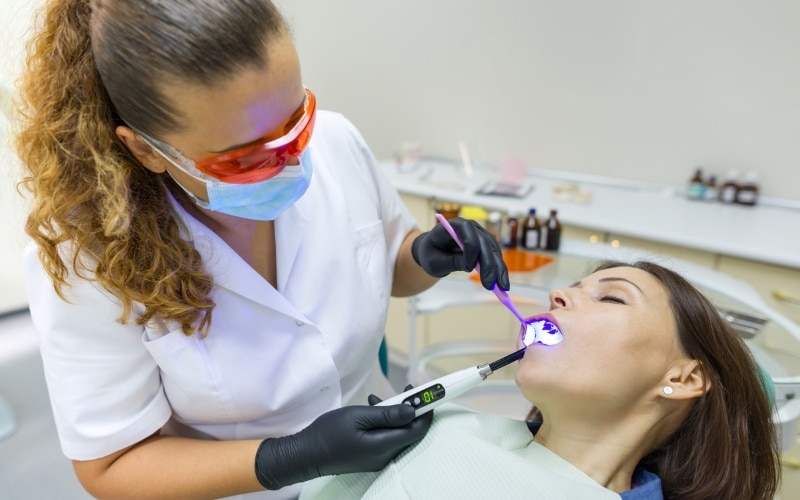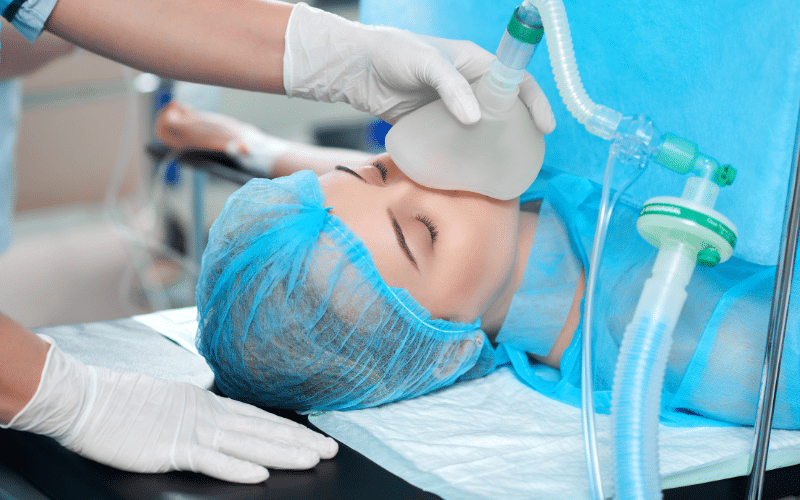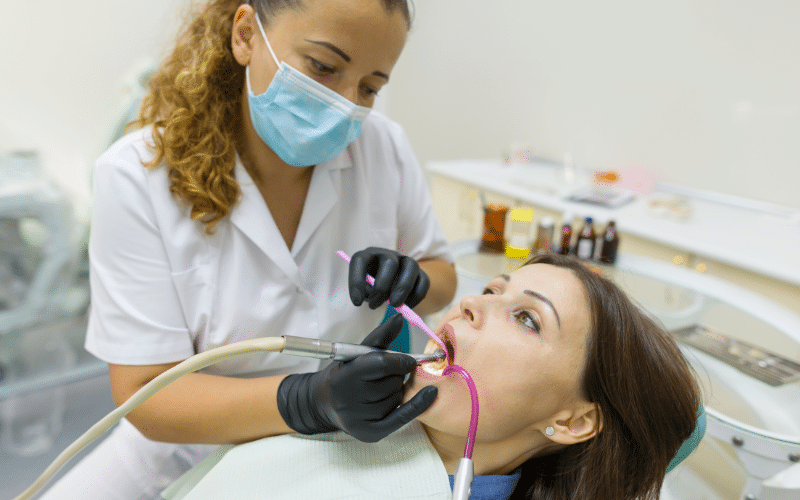ONLINE SCHEDULING AND VIRTUAL CONSULTS AVAILABLE

How Safe Is Oral Sedation? Addressing Common Concerns

Are you nervous about an upcoming dental procedure?
If the thought of sitting in the dentist’s chair leaves you feeling uneasy, you’re not alone. Many people experience anxiety or fear when it comes to dental treatments. That’s where oral sedation comes in. It’s a simple, effective solution to help patients relax and feel more comfortable during procedures.
But is it really safe? If you’ve been wondering about the safety of oral sedation, you’re in the right place.
In this blog, we’ll take a deep dive into everything you need to know about oral sedation, from how it works to how safe it is for most patients. Whether you’re considering sedation for a routine cleaning or a more complex procedure, we’ll address common concerns and clear up any confusion.
By the end, you’ll have a better understanding of whether oral sedation is the right choice for your dental visit and how it can help you feel calm and at ease. Let’s get started!
How Does Oral Sedation Work?
Oral sedation helps you relax during dental procedures, making your visit less stressful. You’ll take a medication before your appointment that helps calm your nerves and reduce anxiety. Here’s a breakdown of the process:
- The Medication: Dentists usually prescribe anti-anxiety drugs or sedatives like benzodiazepines (e.g., Valium, Ativan) to help you feel calm. The medication can take effect within 30-60 minutes.
- Role of the Dentist: Your dentist monitors you throughout the procedure to ensure your comfort and safety, adjusting the sedation if needed.
- Effects: You’ll remain awake and responsive, but you’ll feel deeply relaxed and possibly a bit drowsy. You may not remember the procedure afterward.
Is Oral Sedation Safe for Everyone?
Oral sedation is generally safe for most patients, but there are some cases where it may not be recommended. It’s important to discuss your health history with your dentist before using this method. Here are factors that can influence its suitability:
- Age: Children and older adults may require special considerations. Dentists will adjust sedation based on age and health status.
- Medical Conditions: Conditions like heart disease, respiratory issues, or liver problems can affect sedation safety. Always inform your dentist about any health conditions.
- Medications: Some medications interact with sedatives, so your dentist may need to adjust the dosage or choose another sedation method.
Common Side Effects of Oral Sedation
Though oral sedation is generally safe, there are some mild side effects that patients may experience. Here’s what to expect:
- Drowsiness: You’ll likely feel sleepy or relaxed, which may last for a few hours after the procedure.
- Dry Mouth: Some patients experience a dry mouth, which can be alleviated by drinking water or using mouthwash.
- Dizziness: Feeling a bit lightheaded is common but temporary.
- Nausea: A small number of patients may feel nauseous after sedation.
How Does Oral Sedation Compare to Other Sedation Methods?
Oral sedation isn’t the only sedation option available. Comparing it to other methods can help you choose the best fit for your needs. Here’s a quick breakdown:
- Oral Sedation: Easy to take, it involves swallowing a pill before your appointment. It’s effective for mild to moderate anxiety.
- Nitrous Oxide (Laughing Gas): Quick-acting and non-invasive, it relaxes you without affecting your awareness. However, its effects wear off quickly.
- IV Sedation: Administered directly into the bloodstream, it provides deeper sedation and is ideal for longer or more complex procedures.
Precautions to Take Before Using Oral Sedation
Taking proper precautions before your appointment is essential for a smooth experience with oral sedation. Here’s what to keep in mind:
- Fasting: Most dentists recommend not eating or drinking for several hours before your procedure to prevent nausea or complications.
- Medication Adjustments: You may need to adjust or temporarily stop certain medications before sedation, especially if you’re on blood thinners or other prescriptions.
- Transportation: Arrange for someone to drive you to and from the appointment, as you may feel too drowsy to drive afterward.
Post-Treatment: What to Expect After Oral Sedation
After receiving oral sedation, you’ll need to give yourself time to recover. Here’s what you can expect:
- Recovery Time: It usually takes 2-4 hours for the effects of oral sedation to wear off completely. You may feel groggy or disoriented during this time.
- Post-Treatment Care: Avoid strenuous activities for the rest of the day. Drink plenty of fluids and get plenty of rest.
- Resuming Activities: Once the sedation effects wear off, you can return to your normal routine, but make sure you don’t drive or operate heavy machinery for at least 24 hours.
Addressing Common Myths and Misconceptions About Oral Sedation
Oral sedation is often misunderstood, with some people having concerns that are simply myths. Let’s debunk some common misconceptions:
- Myth #1: “I’ll be unconscious and unaware.”
Truth: Oral sedation helps you relax, but you’ll remain awake and able to respond to the dentist if needed. - Myth #2: “Oral sedation is risky.”
Truth: When administered by a trained professional, oral sedation is very safe. Side effects are generally mild and temporary. - Myth #3: “It’s just for people with severe anxiety.”
Truth: Oral sedation can benefit anyone who feels nervous about dental procedures, even for routine treatments.
Oral sedation offers an effective way to stay relaxed during dental procedures, helping to ease anxiety and ensure a comfortable experience. While it’s generally safe for most people, understanding the process and knowing what to expect is key. By addressing common concerns, we hope you now feel more confident about the safety and benefits of oral sedation. If you have any specific questions or concerns, your dentist is always ready to guide you through the best options for your care.





